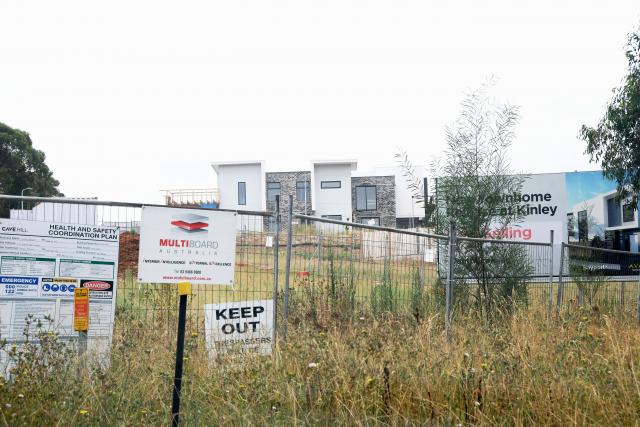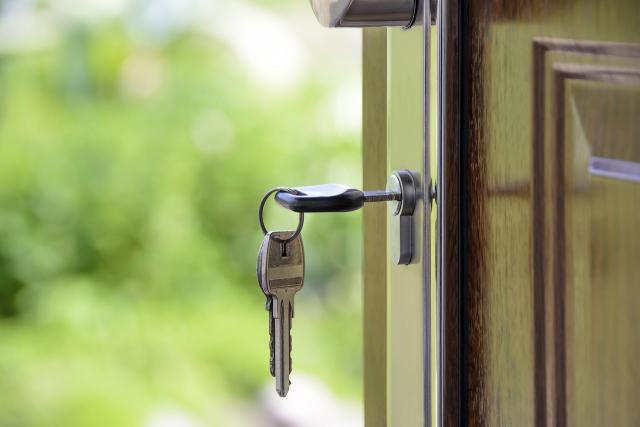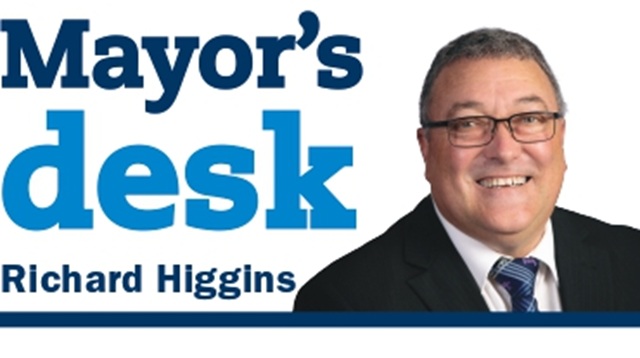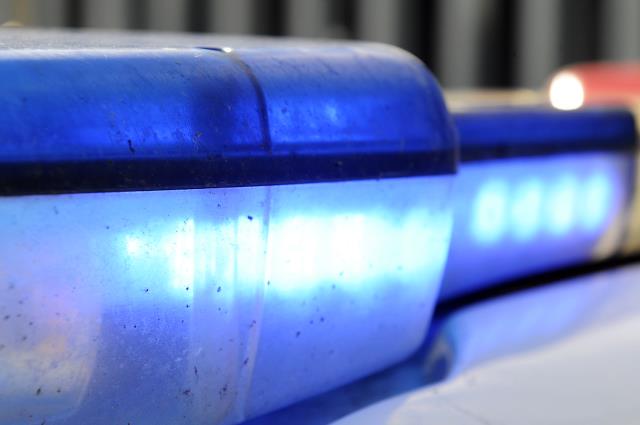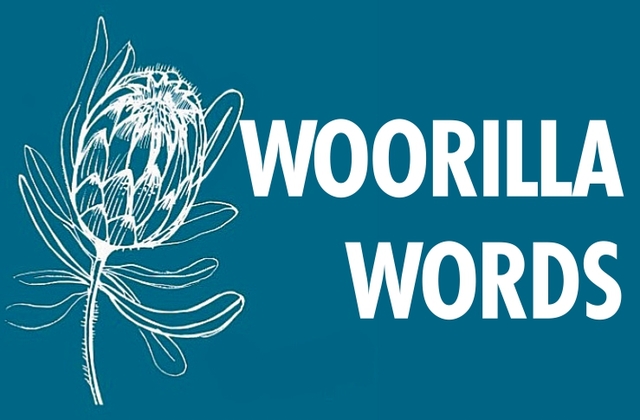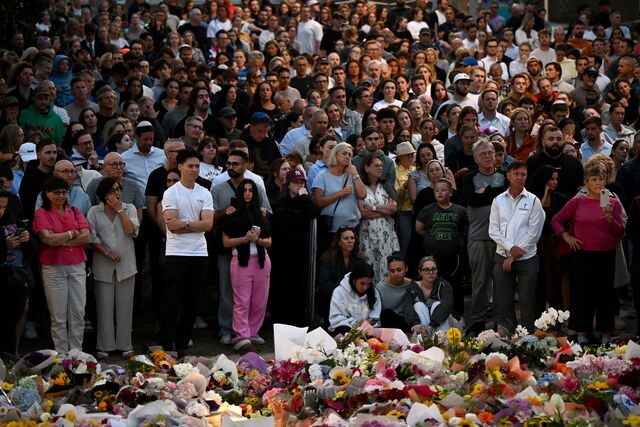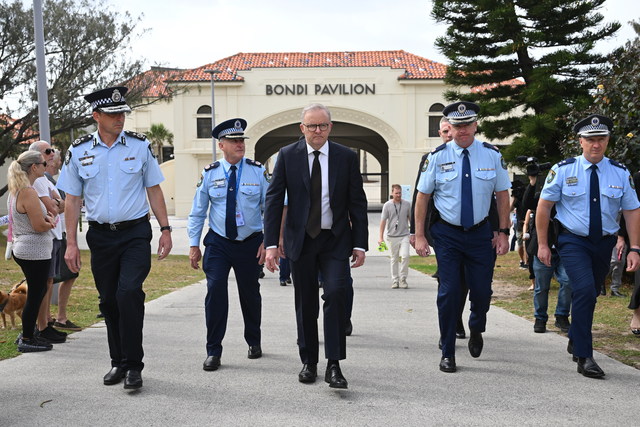Affordability figures for new rentals released by Anglicare Victoria on 30 April have shown that renters are the real victims of Australia’s housing crisis.
Drastic availability drops on rental housing between 2021 and 2025 have revealed a stressful lack of options for those on low-level wages in Maroondah, Knox and Casey.
Melbourne is moving towards becoming Australia’s most populated city within the next ten years, and if demand for housing continues to outstrip supply, rent rises will see the vulnerable community members suffer for it.
CEO of Anglicare Victoria, Paul McDonald said Anglicare have heard a lot in this election campaign about how both major parties want to enable people to realise the ‘Australian dream’ of owning your home, but there is also an Australian dream that supersedes this, which is actually having a home to live in.
“Neither major party is doing enough for those who are struggling to find somewhere affordable to rent that doesn’t put them immediately into housing stress,” he said.
An annual survey of available rental properties, Anglicare Victoria’s 2025 Rental Affordability Snapshot (RAS) measures housing rental affordability for people receiving minimum wage or relying on income support payments.
Competing for properties across a tight rental market in Casey, there has been a five-year decline in affordability shown in the data.
Rental rates have dropped significantly, from 64.7 per cent of properties for those on minimum wage in 2021, to now 22 per cent in 2025.
Those on income support have also had a steady decline from 0.9 per cent in 2021 (Four properties) to 0.2 per cent (one property) in 2025.
“For people getting by on support payments, the 2025 Rental Affordability Snapshot shows that private rentals are almost impossible to secure – after decades of under-investment, Victoria has the lowest proportion of social housing in the country,” said Mr McDonald.
“Over 65,000 Victorians are currently on the public housing waiting list,” he said.
In Maroondah and Knox, drops were even greater, with changes from over 30 per cent of rental properties available to those earning minimum wage coming down to 6.5 per cent in Maroondah and 3.4 per cent in Knox.
Mr McDonald also said that the number of young people under the age of 25 on the wait list in Victoria is growing, as is the number of those waiting for housing who are fleeing family violence.
According to this year’s RAS, no available rentals in the state were affordable for singles on Youth Allowance or JobSeeker.
“Young people leaving state care are at high risk of homelessness, and we need governments to allocate a proportion of public housing exclusively for this group of young people,” he said.
The RAS also found just one property was affordable for a single parent with a child over 14 who relies on Centrelink as their sole source of income.
“The rental affordability situation is so dire, some parents trying to escape violence with their kids have no choice but to head back into the lion’s den. It’s that or homelessness,” said Mr McDonald.
“The real implications of this data we see walking through our doors every day. That’s families and individuals on the brink of homelessness, who can’t afford a roof over their heads as well as food, medication, transport, and all the other costs that keep rising,” he said.
“The fact is, we need at least 60,000 new social housing properties over the next decade to meet demand. Right now, we are seriously lagging, and every day more people are being left behind.”

